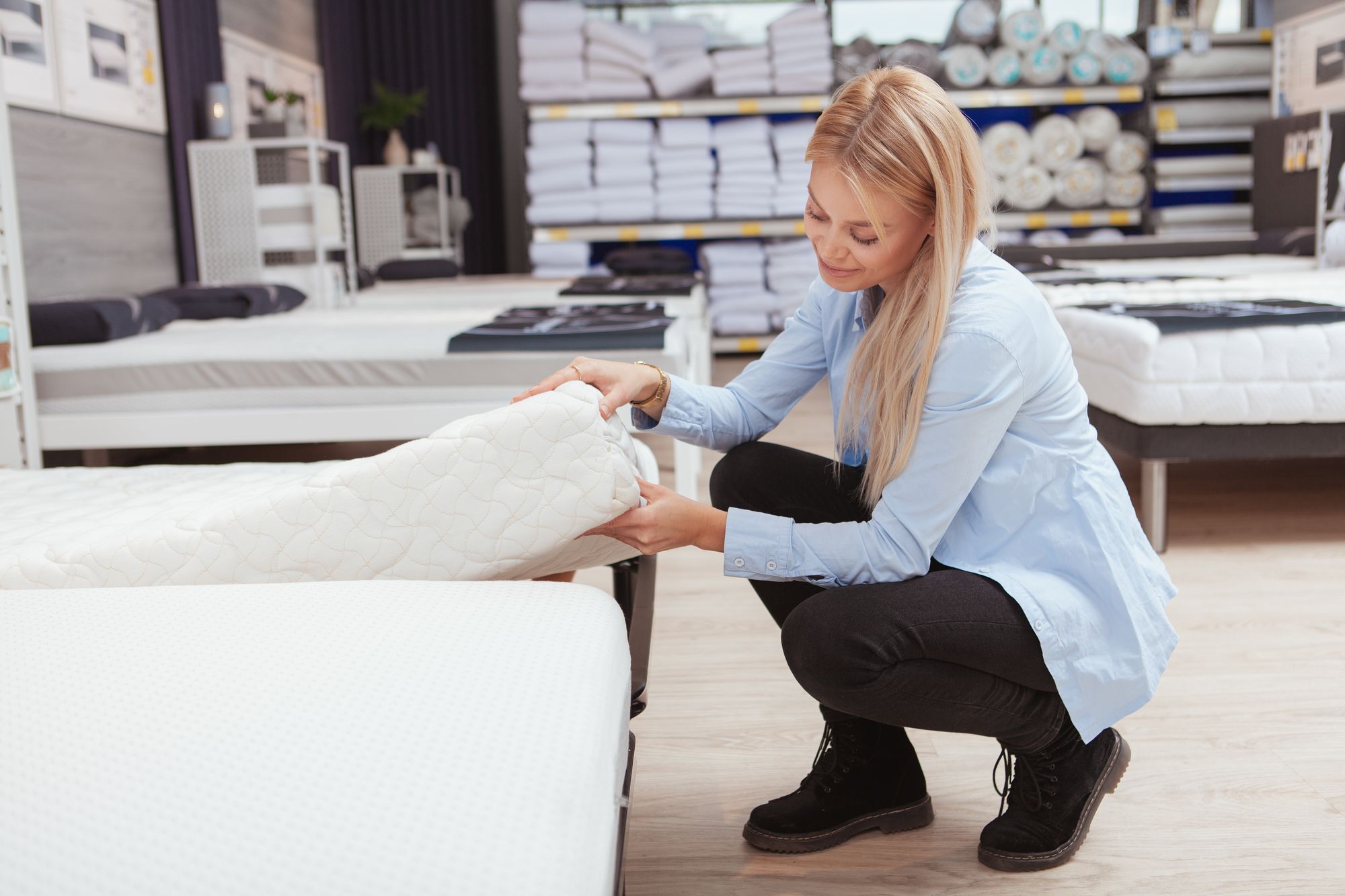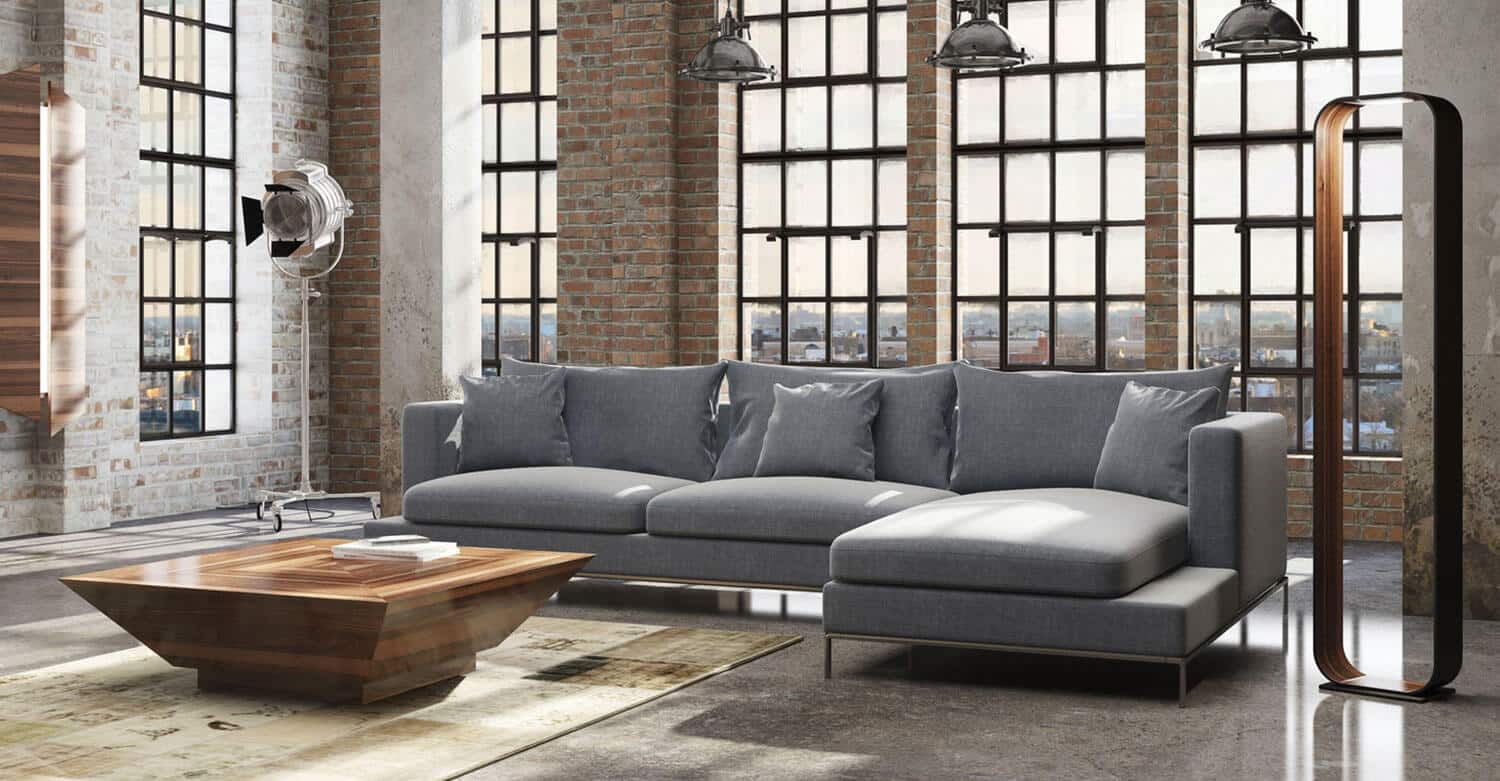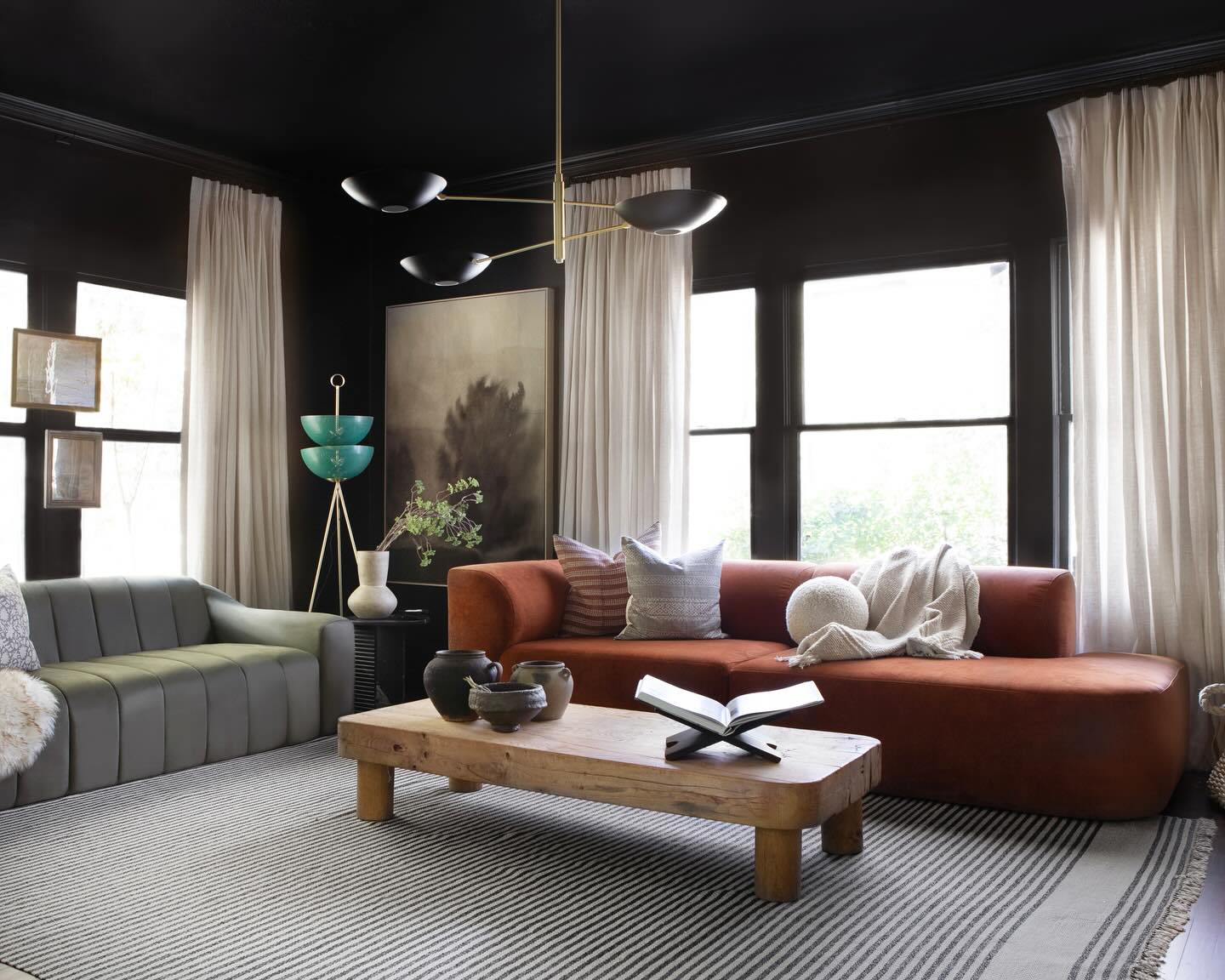The good mattress is the main line of defense for your quality sleep
Each of us spends a third of our life sleeping. High-quality sleep has a positive effect on the body and psyche, while anxious sleep has the exact opposite effect. That is why it is important to provide yourself with maximum convenience and comfort during your rest. Consequently, before you go shopping for a mattress, it is important to familiarize yourself with its types and distinctive characteristics.
CLASSIFICATION OF MATTRESSES BY LEVEL OF FIRMNESS
Hard
In the production of this type of mattress, a combination of reinforced springs with a layer of filler of natural origin is used. This type of mattress is the best option for children. When choosing a mattress, it is worth considering the weight of the person who will sleep on it. The higher is bodyweight, the harder the mattress should be. For people whose weight is more than 90 kg, it is recommended to use this type of mattress.
Medium
These mattresses are often made from components that are stiff and resilient. For example, with the layer-by-layer alternation of latex with coconut slabs. This type of mattress is recommended for adults. And also for people whose weight is in the range from 60 to 90 kg.
Soft
These products are most often made with latex or memory foam. Softness is determined by the thickness of the filler and the presence (absence) of springs. This type of mattress is recommended for the elderly. And also for those whose weight is less than 60 kg.
Combined
This option is considered the most modern and convenient. It differs from the previous ones in that it has two options for rigidity. One side of such a mattress is soft, and the other is hard. This allows you to choose the level of hardness in accordance with the individual parameters of the person.
CLASSIFICATION OF MATTRESSES BY TYPE OF CONSTRUCTION
Spring-loaded
Spring mattresses consist of a spring block and layers of different types of materials. This type is in great demand since it is distinguished by its affordable, valuable, and has overall good performance. This type of mattress, in turn, is divided into two subspecies: products with dependent springs and products with independent springs.
Products with a dependent spring block are called Bonnel. This type of mattress is characterized by the connection of spring rows using spirals. The peculiarity of such a mattress is that when acting on one spring, neighboring ones are also involved. The orthopedic and operational properties of such mattresses are rather low, moreover, they have a characteristic creak. This type of spring block is most often used in cheap models or in the production of sofas. The advantage of this type of mattress is its affordable price and the ability to withstand heavy loads. They are suitable for occasional use.
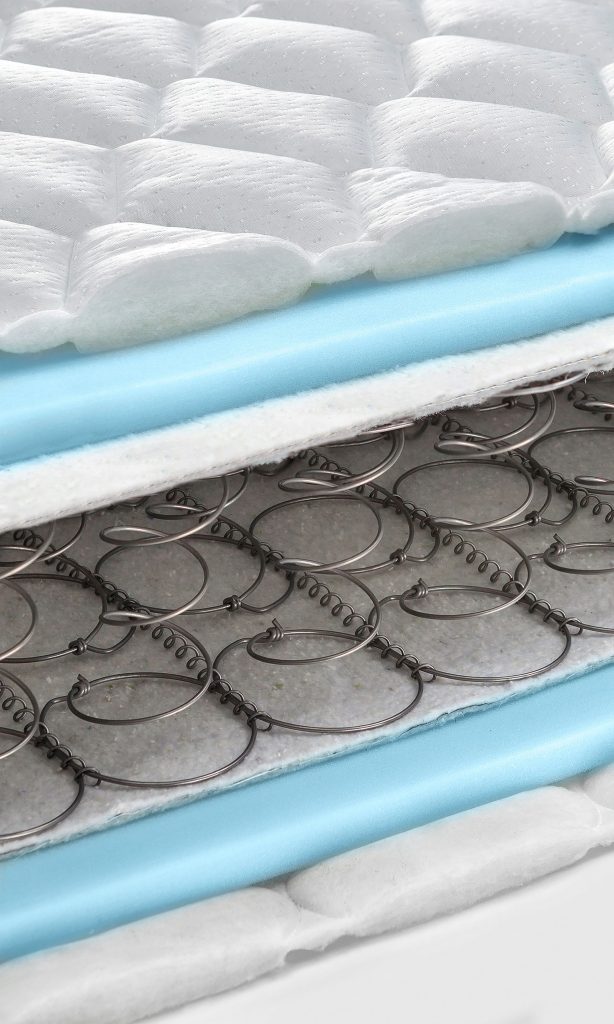
Mattresses with independent springs are called Rocket. They differ from the previous type in the way they are bonded. Such a block consists of springs, which are each located in a separate fabric “glass”. This type of mattress has its advantage over the first because it does not sag and repeats the shape of the human body. The rest on such a mattress is very comfortable. The springs in the block do not interact with each other, and the mattress bends only in the place where the load is applied to it. The disadvantage of such mattresses is their high cost.
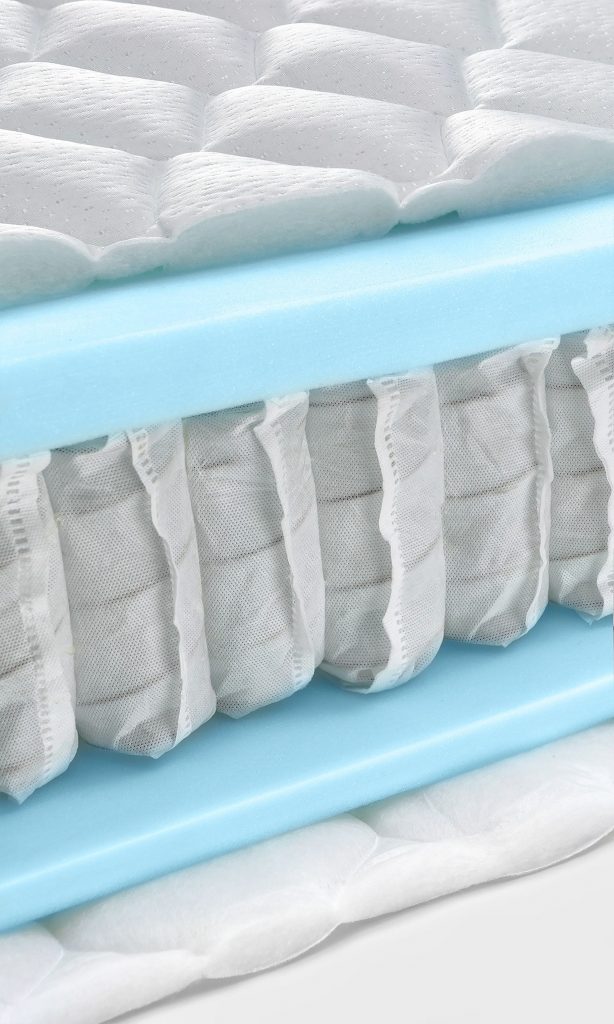
Springless
Springless mattresses are made of one or more layers of different types of material. In the production of such mattresses, hard and softer fillers are often alternated. They can be artificial or natural. Most natural fillers are expensive, allergenic, and prone to clumping with prolonged use. For artificial materials, the worst performance is characteristic. Sometimes, to improve the properties of a mattress, several fillers are used in its manufacture. Thus, it becomes possible to adjust the degree of firmness by turning the mattress to a harder or softer side.
PROPERTIES OF DIFFERENT FILLER MATERIALS
Latex (natural and artificial)
This type of filler is quite popular due to its properties. It is characterized by the following qualities: the ability to follow the contour of the human body and withstand heavy loads, wear resistance, and durability. Latex can be used to make both hard and soft mattresses. Does not cause allergies and quickly gets rid of moisture. Artificial latex is a good analog of natural latex while retaining most of its performance properties. Differs in a high level of rigidity.
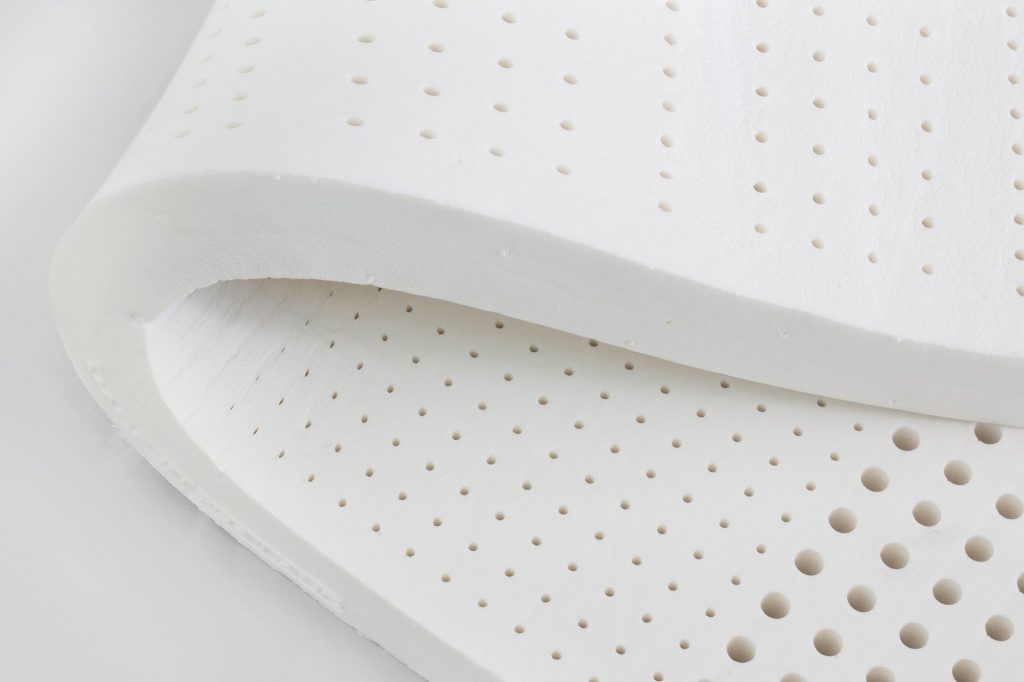
Coconut fiber
This filler is characterized by elasticity, pronounced rigidity, and the presence of orthopedic properties. Coconut fiber is able to pass moisture and air without any problems. Also, this material is characterized by high environmental friendliness. Coconut fiber is often combined with others because it has an excessive degree of hardness.
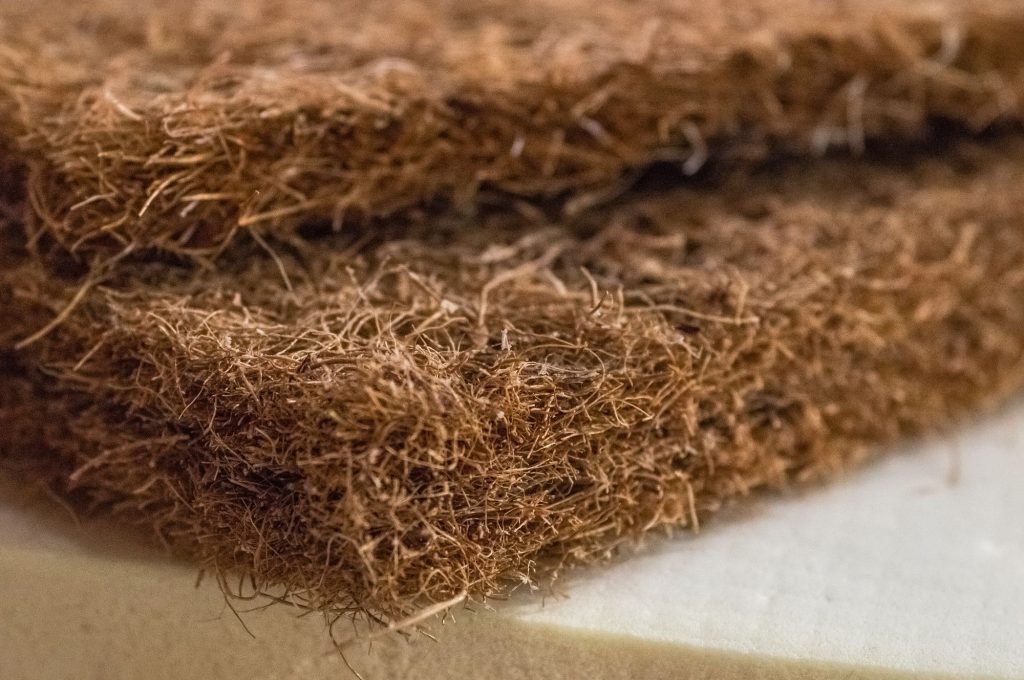
Horsehair
Horsehair is similar to the previous filler in terms of stiffness. Does not cause allergies, has good strength and elasticity. In addition, it does not absorb moisture.
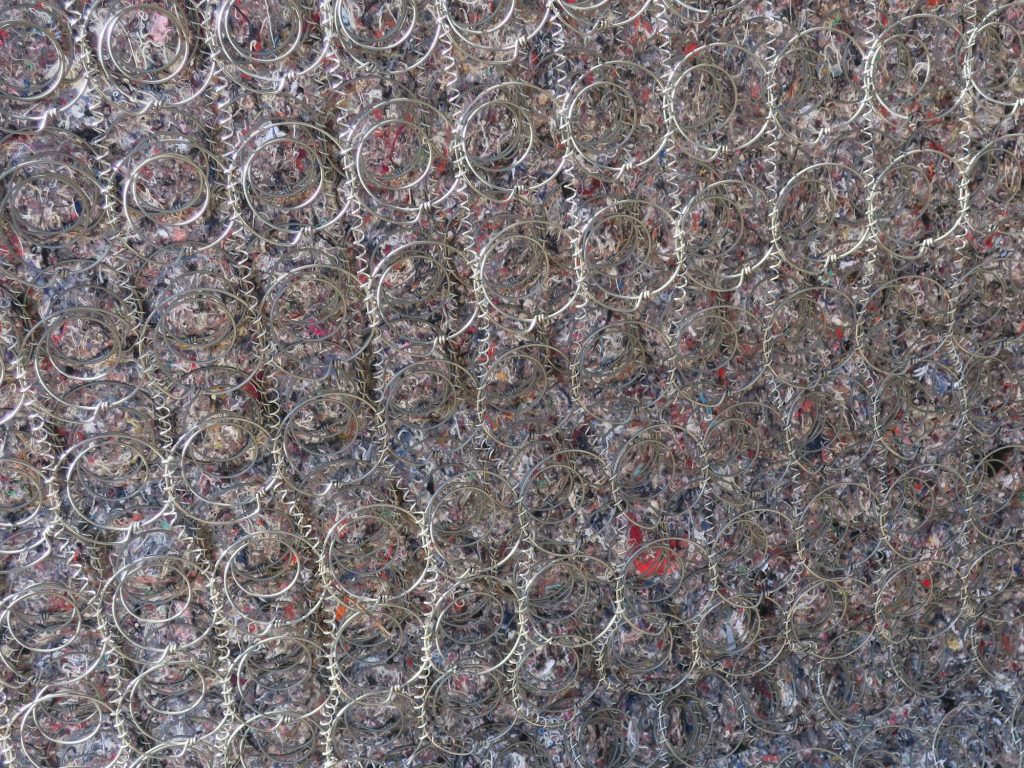
Wool
This material is distinguished by its soft structure and ability to retain heat. Quite often, wool is combined with tougher materials. A significant disadvantage of this type of filler is its tendency to cause allergies.
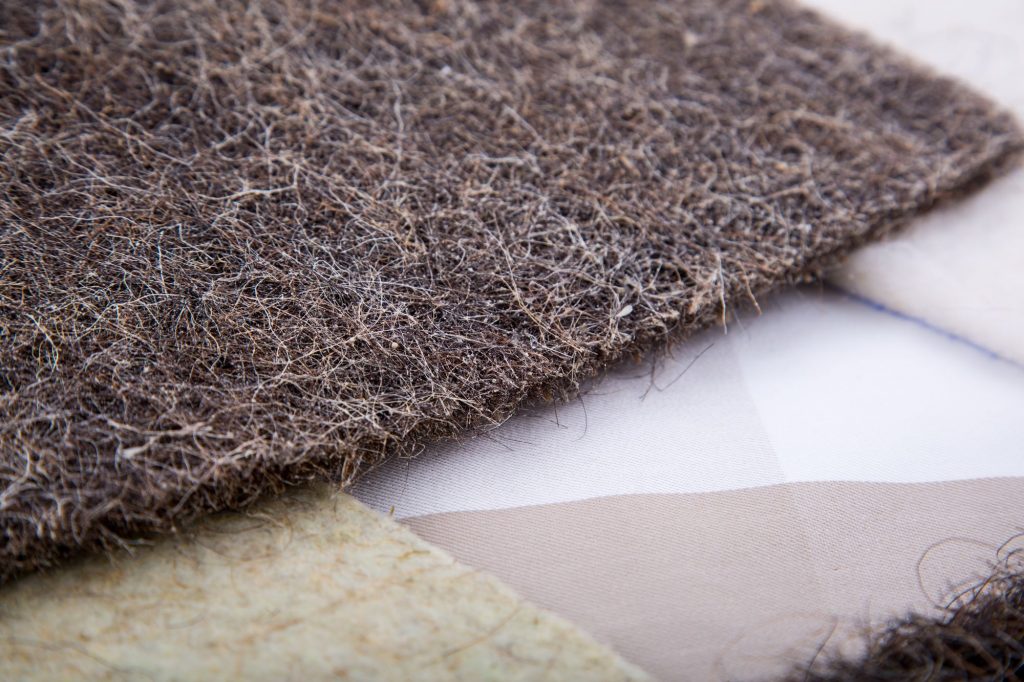
Cotton
Cotton is capable of removing moisture and allowing air to pass through. Thanks to these qualities, rest on such a mattress will be comfortable at any time of the year. Another important property of cotton is that it is hypoallergenic.
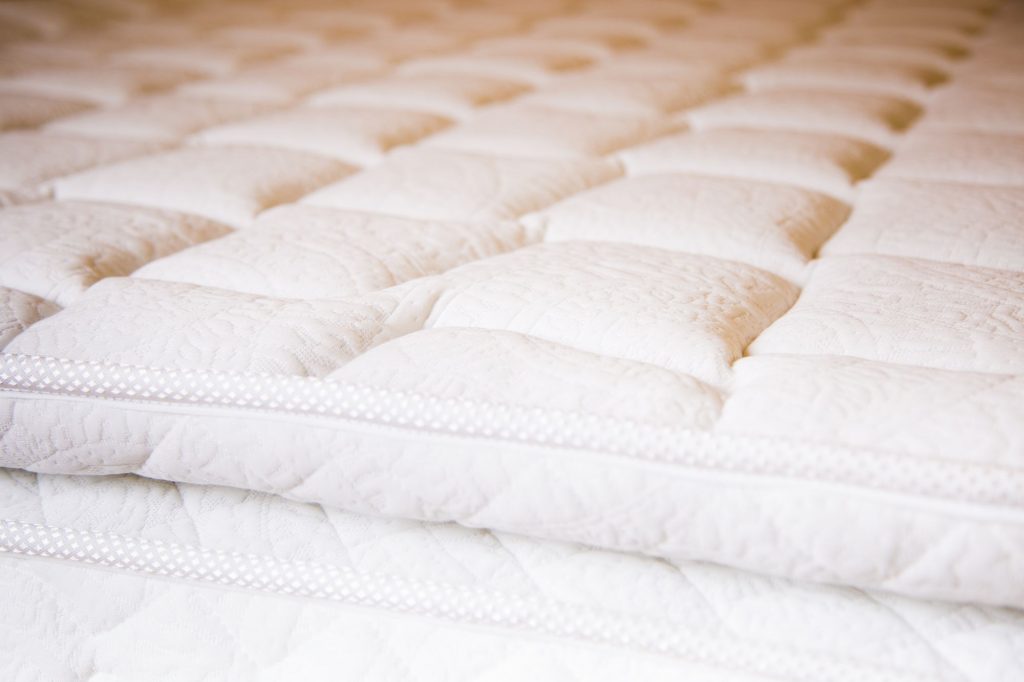
Polyurethane foam
This type of filler is characterized by durability, affordable cost, and the ability to withstand heavy loads. This material is characterized by the presence of orthopedic properties.
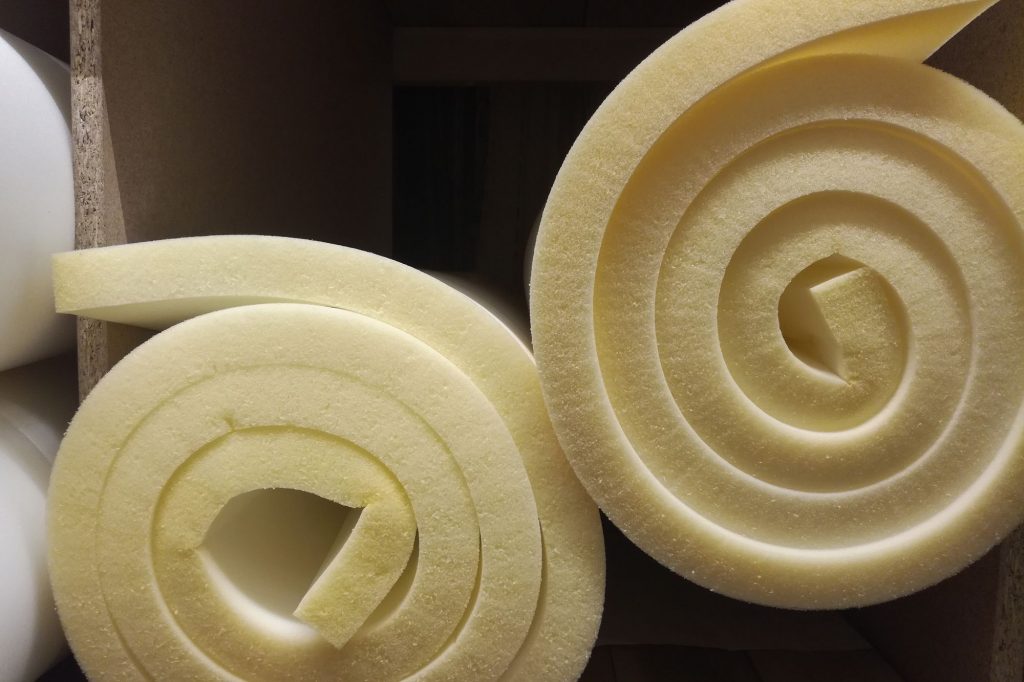
Memory foam
A filler that has a memory effect. It fully adapts to the anatomical features of the human body and retains a clear imprint for some time. As a result, this mattress provides perfect support for the spine and provides a high level of comfort.
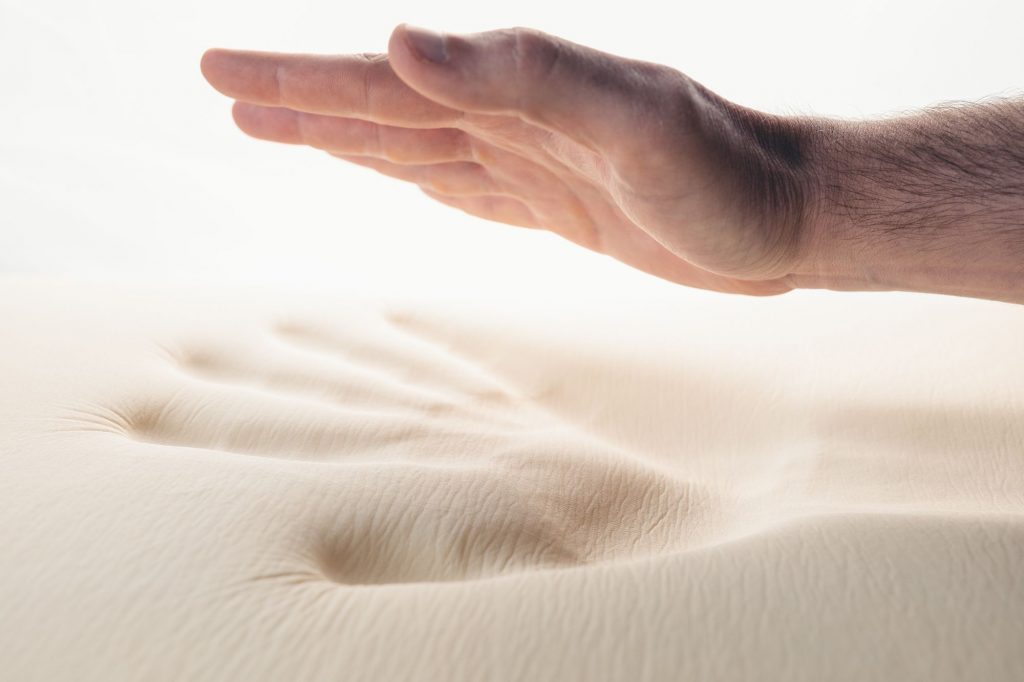
TIPS FOR CHOOSING A MATTRESS
1. Before choosing one or another type of mattress, it is worthwhile to accurately determine its future owner. And make your choice, relying on the individual characteristics of this person. When choosing stiffness, age, weight, and health should be taken into account. For people with spinal diseases, it is recommended to choose firm mattresses. For a healthy person of average configuration, the best option is considered to be medium hardness. And for children aged 8 to 15, and the elderly, soft mattresses are suitable.
2. Also an important characteristic of the mattress is its height and size. According to experts, thin mattresses (up to 5 in.) can negatively affect the health of the sleeping person and harm the spine. Therefore, these mattresses can only be used for children or infrequent seasonal use. The most optimal mattress height for an adult is considered to be in the range from 8-11 in. It is also important to choose the size of the mattress. It must definitely match the bed on which it will be placed.
3. When choosing a mattress, you should pay attention to the type of construction. Springless ones are capable of providing a greater level of comfort than springless ones. Because they don’t squeak. Among the filler materials, it is worth giving priority to those that are most suitable for your point of view. And also avoid materials that can cause allergies. Since the natural filler is a favorable breeding ground for microorganisms, it is worth giving preference to mattresses, in the manufacture of which artificial filler predominates.
Considering all these nuances, you will definitely be able to choose the most suitable mattress, which will ensure a healthy and comfortable stay.
